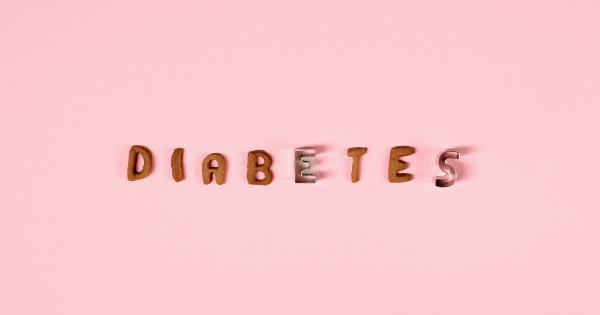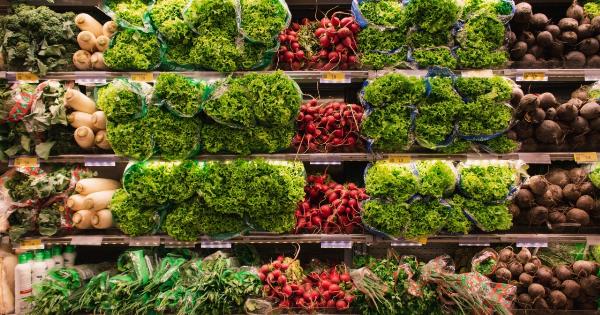Diabetes and obesity have become significant health concerns in today’s world. The sedentary lifestyle, unhealthy eating habits, and lack of physical activity have contributed to the rise of these conditions.
While there are various factors that play a role in the development of diabetes and obesity, research has shown that certain three hours of the day can be critical in determining the risk. In this article, we will explore these three hours and understand why they are important to watch out for if you want to avoid diabetes and obesity.
1. The Morning Hours
The hours immediately after waking up set the tone for the entire day. It’s crucial to start your day on a healthy note to reduce the risk of diabetes and obesity. Pay attention to what you eat for breakfast.
Avoid sugary cereals, pastries, or high-calorie drinks. Instead, opt for a balanced meal consisting of whole grains, proteins, fruits, and vegetables. Eating a nutritious breakfast helps stabilize blood sugar levels, keeps you full for longer, and reduces the chances of overeating later in the day.
2. The Afternoon Slump
Many people experience a dip in energy levels and productivity during the afternoon hours, commonly known as the “afternoon slump.” During this time, the body’s metabolism slows down, and cravings for sugary or high-fat foods become common. It is essential to be mindful of your food choices during this period. Instead of reaching for sugary snacks or caffeine, opt for a healthy mid-afternoon snack that includes a mix of protein, healthy fats, and complex carbohydrates.
This will help regulate blood sugar levels, keep you energized, and prevent overeating during subsequent meals.
3. The Evening Hours
The evening hours, particularly the time after dinner, can be a critical window for those concerned about diabetes and obesity. Many individuals tend to indulge in unhealthy snacking or mindless eating during this time.
Late-night snacking, especially on high-calorie and processed foods, can lead to weight gain and increased blood sugar levels. It is important to be mindful of portion sizes and choose healthier options for evening snacks. Opt for fruits, vegetables, or a small serving of nuts instead of reaching for sugary or fatty snacks.
How to Make the Most of These Hours
Now that we understand the crucial hours to watch out for, here are some tips to help you make the most of them and prevent diabetes and obesity:.
1. Plan Ahead
Preparing your meals and snacks in advance can significantly reduce the chances of making unhealthy choices during these critical hours.
Plan your meals for the day, including breakfast, lunch, dinner, and snacks, and ensure they are well-balanced and nutritious.
2. Stay Hydrated
Drinking enough water throughout the day helps regulate hunger and keeps cravings at bay. Often, thirst is mistaken for hunger, leading to unnecessary snacking. Stay hydrated to avoid mindless eating during the three critical hours.
3. Incorporate Physical Activity
Regular physical activity is key to maintaining a healthy weight and preventing diabetes. Aim for at least 30 minutes of moderate-intensity exercise such as brisk walking, jogging, or cycling each day.
Engaging in physical activity during or after these critical hours can help control blood sugar levels and boost metabolism.
4. Mindful Eating
Practice mindful eating by paying attention to your hunger and fullness cues. Listen to your body and eat when you are hungry, stopping when you are satisfied.
Avoid distractions while eating, such as watching TV or using electronic devices, as this can lead to overeating and poor food choices.
5. Seek Support
If you find it challenging to make healthy choices during these three hours, consider seeking support from a registered dietitian or a healthcare professional.
They can provide personalized guidance and advice to help you develop healthier habits and prevent diabetes and obesity.
Conclusion
The three hours immediately after waking up, the afternoon slump, and the evening hours after dinner are crucial to watch out for if you want to avoid diabetes and obesity.
By being mindful of your food choices during these times, planning ahead, staying hydrated, incorporating physical activity, practicing mindful eating, and seeking support when needed, you can reduce the risk and lead a healthier life. Remember, small changes in your daily routine can make a significant difference in preventing these conditions and promoting overall well-being.




























